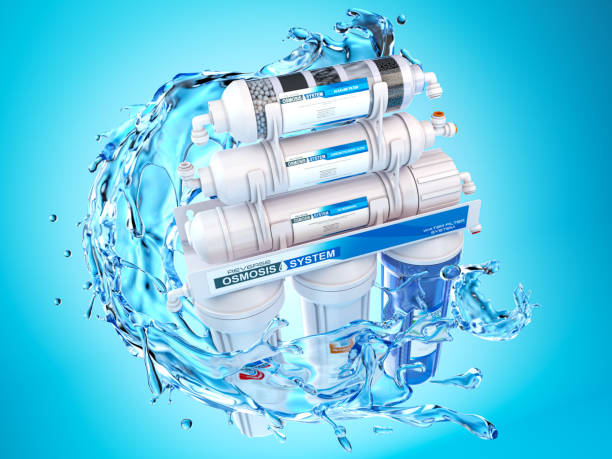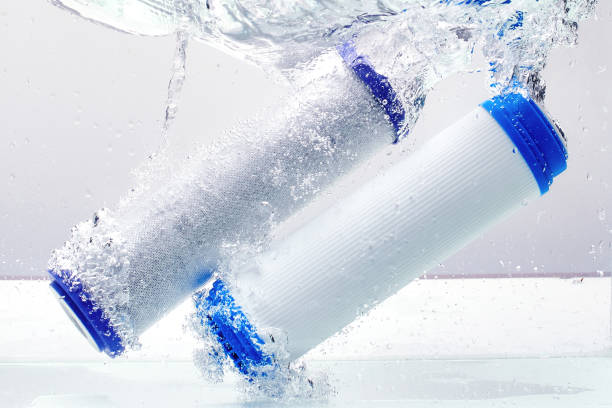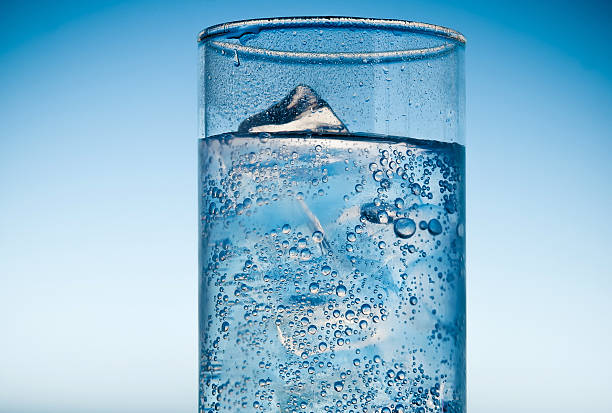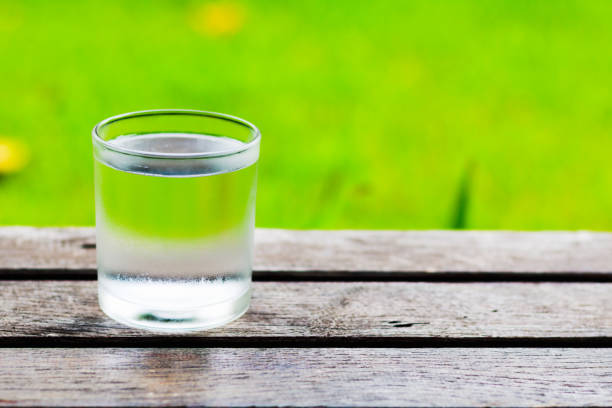First of all, Susan will introduce to you today the components of ordinary self-flushing water purifiers, their names and their respective functions. The automatic control part of ordinary self-flushing water purifiers is to control the water-making function of the water purifier through the power on and off of each component.

Okay, let's get back to the point. Water purifiers are generally composed of the following parts:
1. PP cotton filter:
pore size 5 microns, sedimentation pre-filtration, remove dust, rust, gravel and other substances larger than 5 microns.
2. Granular activated carbon filter:
pre-filtration, remove chlorine odor, methane, pesticides, fertilizers and other substances.
3. Third-level PP cotton filter:
pore size 1 micron pre-filtration, remove fine particulate matter caused by the shedding of activated carbon.
4. RO membrane:
also called reverse osmosis membrane, it relies on the machine to exert pressure on the raw water, so that the water in the raw water passes through the RO membrane, and the fine impurities, excessive inorganic salts, organic matter, heavy metal ions, bacteria, viruses, pesticides, chloroform waste and other harmful substances in the raw water are all intercepted, and the harmful foreign matter and salt in these water are discharged through the continuous discharge of concentrated water, so as to obtain very clean drinking water. Its pore size is only 0.0001 micron, and its removal rate for the smallest inorganic salt ions in the water is more than 90-96%, and the removal rate for harmful foreign matter such as bacteria and viruses is more than 99.99% (theoretically it can be said to be 100%).
5. Post-antibacterial activated carbon:
remove odor to make the water sweet and sweet, and avoid secondary pollution of purified water in the pressure water storage tank.
 6. Water inlet ball valve
6. Water inlet ball valve:
the total water inlet valve of the water purifier, open the water inlet ball valve, tap water enters the water purifier, the installation position is located at the side of the water inlet tee, which is convenient for turning off the water source during maintenance.
7. Low-pressure switch:
When the water pressure reaches 1.5kg/cm2, the power is turned on to make the machine run normally; when the water is cut off or the water pressure does not reach 1.5kg/cm2, the power is cut off and the machine emits a buzzer alarm. Prevent the water pump from running idle (when the source water pressure is lower than 0.5 kg/cm2 or the water is cut off, the low-pressure switch automatically cuts off the power to stop the whole machine.)
8. Water inlet solenoid valve:
When the power is turned on, the tap water passes through the water inlet solenoid valve to make water for the water purifier to make water normally; when the machine stops, the water source is cut off to prevent the water from passing through and draining it through the concentrated waterway.
9. High-pressure pump: Pressurize the tap water to 5--8 kg/cm2 to meet the pressure and flow requirements of RO membrane water production. To achieve the effect of pressurization, create a stable working environment for the RO membrane to work normally. Working pressure: 6-8 kg/cm2, equivalent to 100PSI.
 10. Check valve: Also called one-way valve in engineering.
10. Check valve: Also called one-way valve in engineering.
When the purified water is full and the pressure reaches 3kg/cm2, it prevents the high-pressure purified water from flowing back and being discharged with the waste water.
11. High-pressure switch:
Automatically controls the operation of the water purifier. When the pressure of purified water reaches 3kg/cm2, the power supply is cut off to stop the water purifier. When purified water is discharged from the system (for example, the faucet is opened to drain water), the water pressure decreases. When it decreases to 1.5kg/cm2, the power supply is automatically turned on to make the machine enter the normal water production state. Prevent the water pump from running full. (When the water in the pressure tank is full or reaches the set pressure, the high-pressure switch automatically cuts off the power supply or stops the whole machine.
12. Wastewater proportioner:
drain the concentrated water, limit the flow and hold the pressure through the small hole to ensure the working pressure of the RO membrane. The ratio of concentrated water to clean water is 1:3-1:5. Its function is to control the flow and ensure a constant system pressure. When the pressure in the membrane shell is insufficient, the wastewater proportioner will slow down the outward drainage speed. As the water in the membrane shell is full, the pressure in the membrane shell increases, allowing the source water to pass through the RO membrane smoothly to achieve the water production effect; on the contrary, when the pressure in the membrane shell is too high, the wastewater ratio will be faster to achieve a pressure relief effect to protect the RO membrane.
13. Flushing solenoid valve: automatically controlled by the machine (computer board), the water purifier has worked for 7.5 hours in total, and the power is turned on once, The RO membrane is flushed with high pressure and high flow, and the flushing time is 1 minute and 40 seconds.
14. Pressure water storage tank:
store clean water for backup, air pressure 0.4-0.8kg/cm2.
Function: reserve pure water
Empty barrel air pressure: 6-8PSI
Specifications: 1.5G, 2G, 3.2G, 4G, 11G, 20G, etc.
Scope of application: ordinary household 50G, 75G, 125G, 300G, 400G and other models generally use 3.2G barrels; large-capacity barrels are generally used on commercial machines.
 15. Ball valve on pressure barrel:
15. Ball valve on pressure barrel:
water inlet or outlet valve of pressure water storage barrel.
16. Gooseneck faucet:
switch for taking pure water.

Our water purifiers generally include these accessories. If you have any questions or need to know, please contact us in time.







 PP Filter Cartridge Selection and Replacement Precautions
PP Filter Cartridge Selection and Replacement Precautions
 Do you know the types of PP filter element commonly used in water filtration and the filter effect of the filter element?
Do you know the types of PP filter element commonly used in water filtration and the filter effect of the filter element?
 Do water purifiers actually work? Does it work? Does it work?
Do water purifiers actually work? Does it work? Does it work?
 Characteristics of Reverse Osmosis Membrane Heavy Contamination and Offline Cleaning?
Characteristics of Reverse Osmosis Membrane Heavy Contamination and Offline Cleaning?